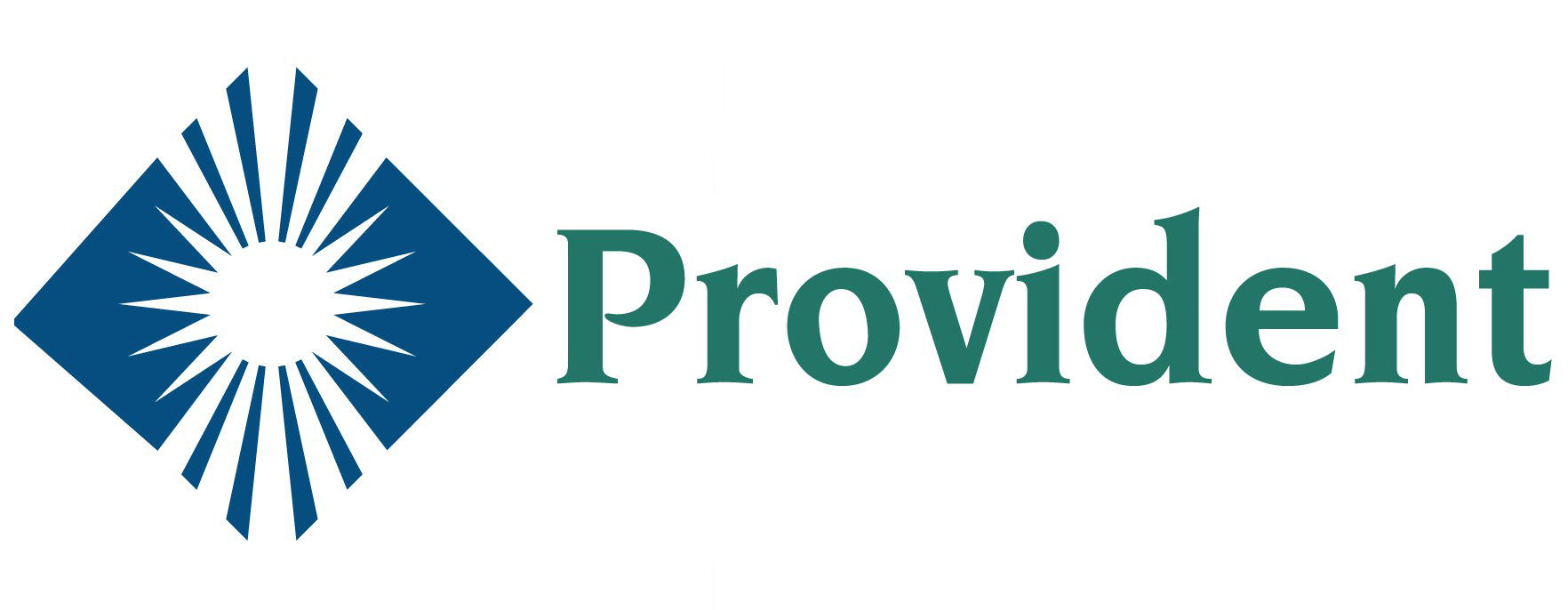An Update on Investment & Consolidation in Cardiology
Published December 2022
In 2021 and 2022, the cardiology market experienced a surging wave of M&A activity from both strategic and financial partners as consolidators look to capitalize on the industry tailwinds and build market-leading platforms. With the growing presence of cardiovascular disease driving an increased need for care, an emphasis on shifting to value-based payment models, and a continued shift to the outpatient setting, cardiology physician practices are attracting strong healthcare investor interest. Industry tailwinds and demand determinants create encouraging growth opportunities for nationally scaled and regional cardiology groups alike.
Provident anticipates that the next few years will be fueled by increased private-equity led consolidation as cardiology follows a similar trend to other physician specialties such as gastroenterology, urology, orthopedics, and women’s healthcare. With an estimated market size of $50.9 billion, private equity investment has only scratched the surface in the specialty.
According to the Association of American Medical Colleges, there are currently just over 22 thousand cardiovascular specialists practicing in the U.S., increasing by over 5% per year(1). While less than 30% are currently estimated to be in private practice, the market size of independent cardiologists is comparable to outpatient physicians in both gastroenterology and urology, which have each seen strong outcomes from well over a dozen private equity-backed Management Services Organizations (MSOs). With the shift of care to the outpatient clinic and ASC settings, hospital-employed cardiologists are starting to follow suit, slowly increasing the pool of private practice physicians. Market sizing must also consider cardiology practices’ leverage of advanced practice providers (APPs), with groups typically using between a two-to-one to one-to-one ratio of physicians to APPs, as well as vascular surgeons that round out a diversified practice.
With approximately a dozen platforms already established and over 30 transactions combined in 2021 and 2022, cardiology consolidation in its early stages is outpacing the precedent set by other physician specialties. This momentum is expected to be sustained as there are a number of practices pursuing deals and several investors seeking platform investments into the specialty.
As a follow up to Provident’s Perspective on cardiology published in 2020, we will reflect on recent activity in the industry and our view of where this consolidation trend is heading. The goal of this whitepaper is to provide guidance to cardiologists and other industry participants regarding the current state of M&A activity within the sector, key transaction considerations for physicians and investors, and the various models that platforms are pursuing across the market.
Whitepaper Summary:
- Introduction
- Surveying the Cardiology Services Landscape
- The Beginning Stages of Private Equity Investment
- Overview of the Initial Cardiology Platforms
- Cardiovascular Platform Strategies Across Varying MSAs
- Structuring Considerations for Cardiology Practice Owners
- Select Cardiology Services Transactions and Valuation Outlook
- Conclusion
Provide your information below to access this document.
